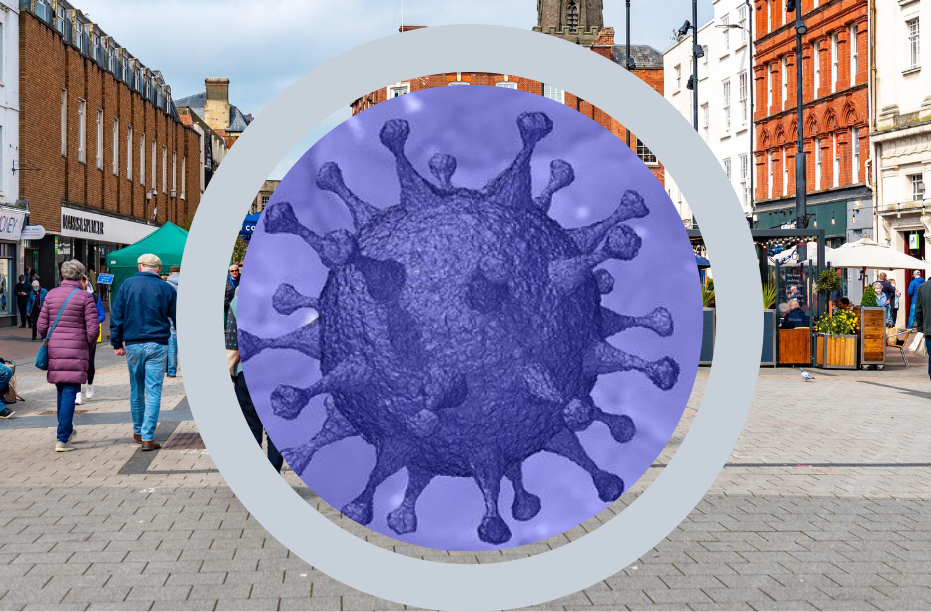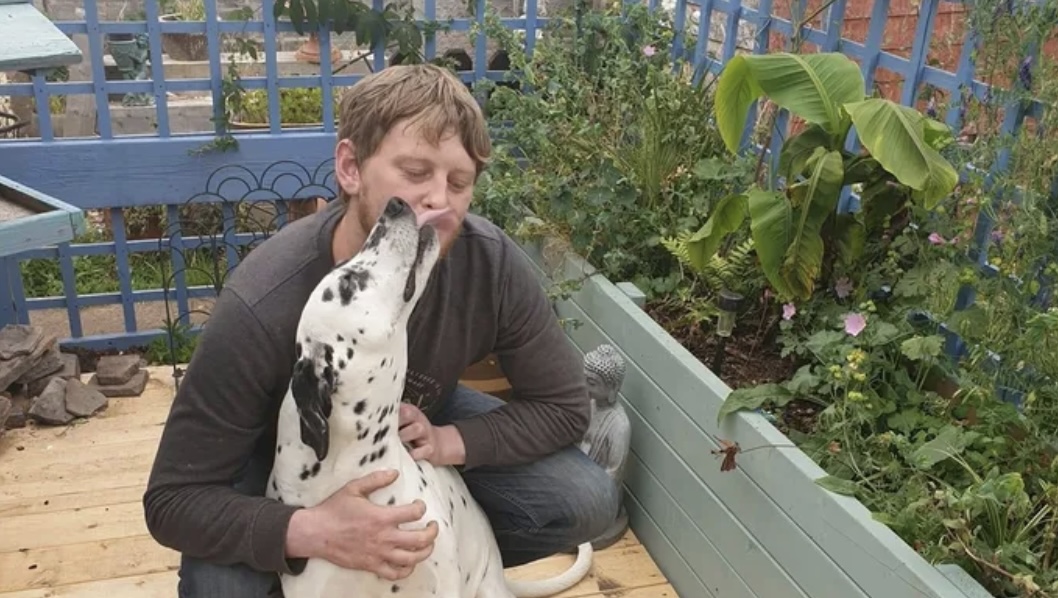According to latest data released by the Wellcome Sanger Institute, a further 4.5 sequences of the variant first discovered in India have been identified in Herefordshire. This is an increase from the 4 sequences that had been reported in its previous update.
In total now, 8.5 sequences of the variant have been identified in Herefordshire, in data up until 15th May and this mainly ties in with the news that seven cases of the Indian variant being confirmed at a farm in the county.
At present there is no indication that there is widespread community spread of this variant, or any other COVID-19 variant in Herefordshire, with infection rates remaining very low.
It comes as some areas of the United Kingdom have seen significant increases in cases of the B.1.617.2 variant, with places such as Bolton, Blackburn and Bedford all seeing large numbers of cases recorded over recent weeks.
Previous updates on the Indian Variant in Herefordshire:
COUNCIL STATEMENT | Outbreak of Indian COVID-19 variant confirmed at farm in Herefordshire
7 cases of variant identified but contained within small work bubble
Herefordshire Council is working with Public Health England (PHE) Midlands to support a farm in the county following an outbreak of COVID-19 among a small number of their seasonal workforce.
The small number of workers affected had all been routinely tested during their period of isolation when arriving on the farm. Fourteen workers have been found to be COVID-19 positive, seven of which have been confirmed with the variant B.1.617.2 (Indian variant).
The farm involved has strict control measures in place to limit transmission, including a period of isolation for all workers on arrival who then live and work in small groups (bubbles).
Herefordshire’s Acting Director of Public Health, Dr Rebecca Howell Jones, said:
“We are working closely with a farm who have taken all the right steps when welcoming their valued seasonal workforce, including routine testing and a period of isolation. This has helped to limit transmission in their workforce and there is no evidence of onward spread outside of the household groups in which the workers were isolating.
“Because of the strict measures taken and very limited transmission to date we do not currently have plans to introduce surge testing locally, however we will continue to monitor the situation closely.
“I would like to reassure people that we are working closely with businesses in Herefordshire to prevent outbreaks and limit transmission when positive COVID-19 cases are identified.
“As restrictions are lifted and people socialise more, it is vitally important for people to stay vigilant for signs and symptoms of COVID-19; self-isolate and request a test if they develop symptoms.”
If you have COVID symptoms, no matter how mild, you and your household should isolate and book a COVID test online or dial 119 from any phone to book.
Everyone should also take twice-weekly rapid lateral flow device (LFD) testing when symptom-free. There are a number of testing sites available for residents who live or work in Herefordshire, alternatively you can pick up a test from participating pharmacies or you can order tests for home delivery. More information can be found on the council website.
To protect yourself and others, you must remember: Hands. Face. Space. Fresh Air.
- Hands – wash your hands for 20 seconds with soap and water often, and as soon as you get home – use hand sanitiser gel if soap and water are not available.
- Face – wear a face covering in indoor settings where social distancing may be difficult, and where you will come into contact with people you do not normally meet.
- Space – stay at least 2 metres away from anyone you do not live with, or who is not in your support bubble.
- Fresh Air – it is safest to meet outdoors. If you do meet friends or family indoors stick to guideline limits, keep the visit short and ensure good ventilation.
- Vaccination – take up COVID-19 vaccination when you are invited to do so.




